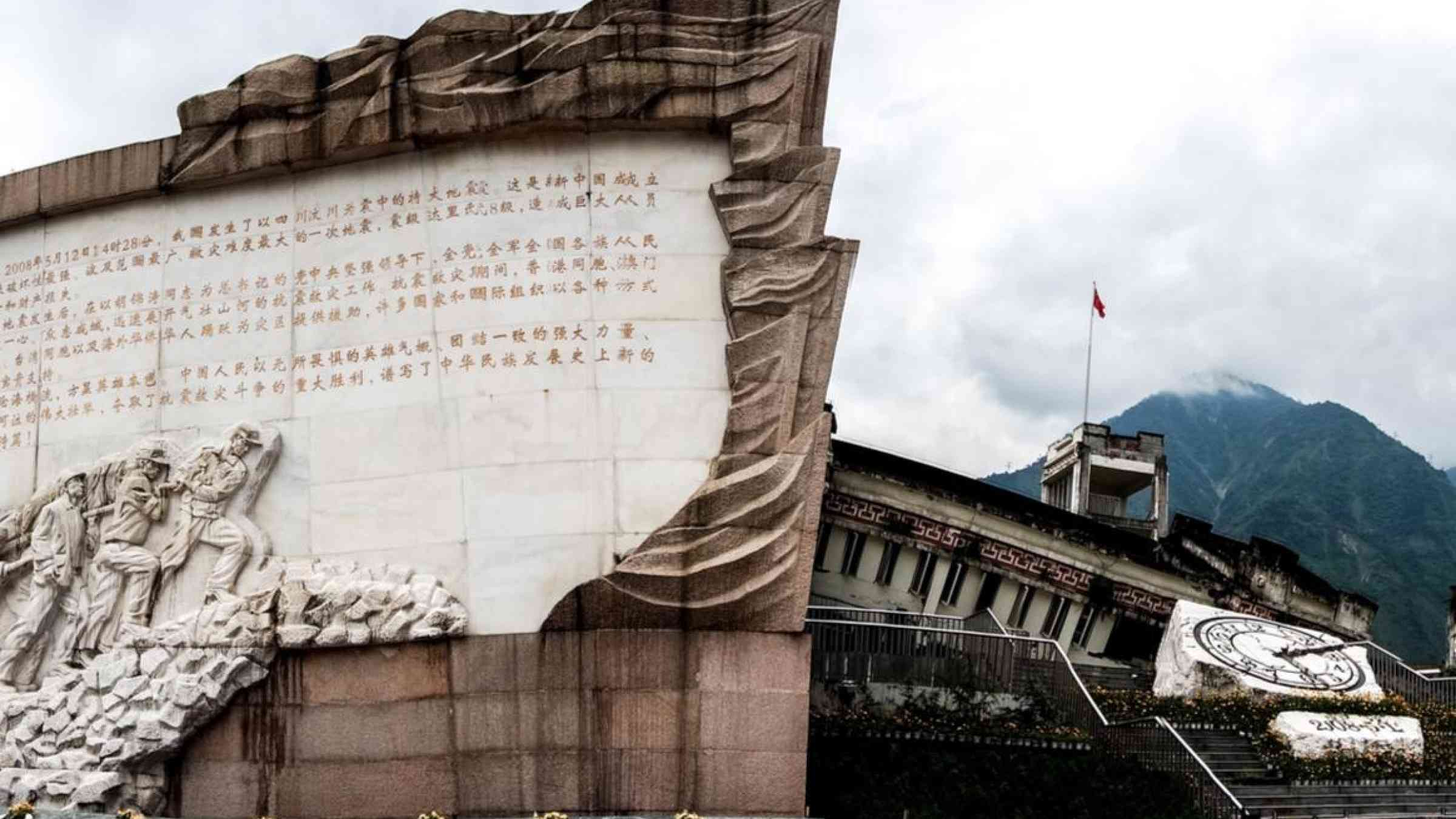Please help us improve PreventionWeb by taking this brief survey. Your input will allow us to better serve the needs of the DRR community.
Learning from experience: Insights from China’s progress in disaster risk management

GG6369/Shutterstock
By Francis Ghesquiere, Yuan Xiao, Lorenzo Piccio
China has long experienced its fair share of natural disasters. Last year alone, the country incurred more than 300 billion yuan, or roughly $47.5 billion, indirect economic losses from earthquakes, typhoons, floods, droughts and other disasters. More recently, torrential rains have led to massive floods, affecting 27 provinces requiring the evacuation of four million people.
Against a backdrop of rapid economic growth and an ever-changing climate that threatens to increase the frequency and severity of adverse natural events, China has been making headway to reduce vulnerability and prepare for the inevitable. Our latest knowledge note, prepared in collaboration with experts from China’s Academy of Disaster Reduction and Emergency Management (ADREM) at Beijing Normal University, presents recent progress in national resilience building and distils insights on what it takes to strengthen resilience at scale.
Here are some of our key lessons:
Planning and guidance matter. China drafted its first multi-year, comprehensive national disaster reduction plan for 1998-2010, and since 2007, the country has been preparing Comprehensive Disaster Prevention and Mitigation Plans, following the government’s five-year planning cycle. These plans have proven critical to guiding risk reduction interventions. Strikingly, over the years, a shift from reactive to proactive disaster reduction has figured prominently in the development of China’s disaster risk reduction (DRR) plans.
The importance of setting an example. As a result of its 2008 disaster prevention and mitigation plan, China selected over 12,000 communities across the country to become “demonstration communities” for DRR. Over a dozen years into the initiative, spatial analyses suggest that the country’s DRR demonstration communities are not just effective at DRR themselves but are also achieving their intended effect of encouraging capacity-building in DRR in surrounding communities.
Accelerating recovery through cross-regional collaborative schemes. In response to the Wenchuan Earthquake in 2008, China established a counterpart support program which paired select provinces and municipalities across the country with the most severely affected counties and cities around Wenchuan to provide financial and technical assistance. The program enabled affected localities to benefit from tailored and dedicated support, while also helping to cover the staggering costs of the reconstruction. A similar approach was used in the early days of the COVID-19 crisis, enabling provinces to learn useful lessons from their peers in terms of how to respond to the emerging pandemic.
The benefits of systematic disaster data for effective DRR. China has worked towards standardization of its disaster loss statistical system, thus strengthening the ability of DRR practitioners to analyze the country’s disaster loss data for risk-informed resilience building, and, in turn, accelerating their post-disaster assessment efforts. In 2013, it took 27 days to conduct a comprehensive loss estimation following the Lushan Earthquake, compared with 112 days following the 2008 Wenchuan Earthquake. This year, the average time of conducting such estimation has been further shortened to around 10 days.
Insurance adapted to local characteristics. China increasingly recognizes the importance of catastrophe insurance to promote rapid recovery following natural disasters. Well-aware of the significant regional variations in the country’s disaster risk profile, the Chinese government is testing catastrophe insurance protection mechanisms that allow for innovations based on local characteristics. In 2014, pilot programs of agriculture insurance were launched in Shenzhen, Ningbo, Yunnan, and Sichuan.
Facing the spectre of intensifying disaster risk, China is moving apace with its resilience-building efforts — from emergency response and protective infrastructure to developing agricultural insurance products. We invite you to take a look at this knowledge note, which has been made possible with the support of the Global Facility for Disaster Reduction and Recovery (GFDRR).
Explore further
Please note: Content is displayed as last posted by a PreventionWeb community member or editor. The views expressed therein are not necessarily those of UNDRR, PreventionWeb, or its sponsors. See our terms of use
Is this page useful?
Yes No Report an issue on this pageThank you. If you have 2 minutes, we would benefit from additional feedback (link opens in a new window).